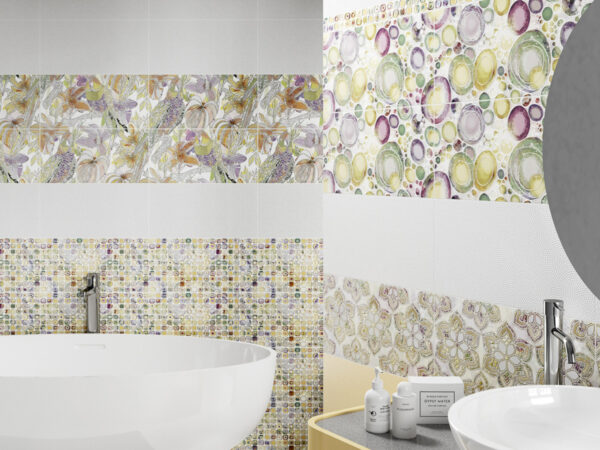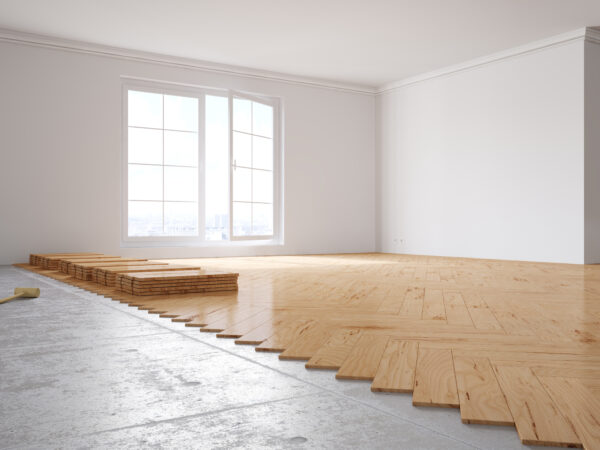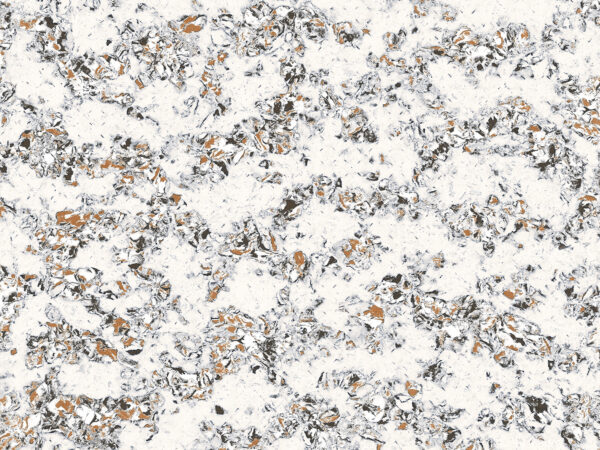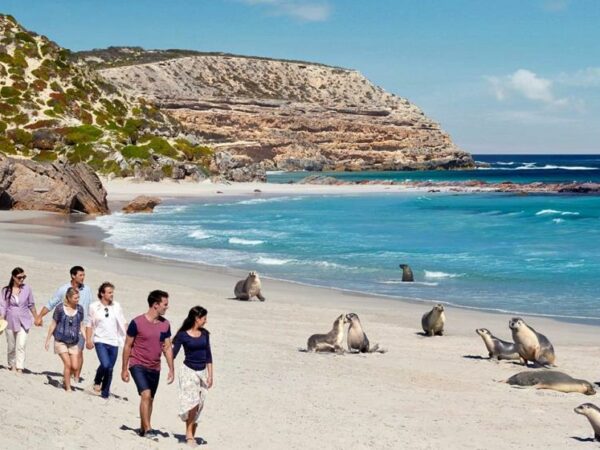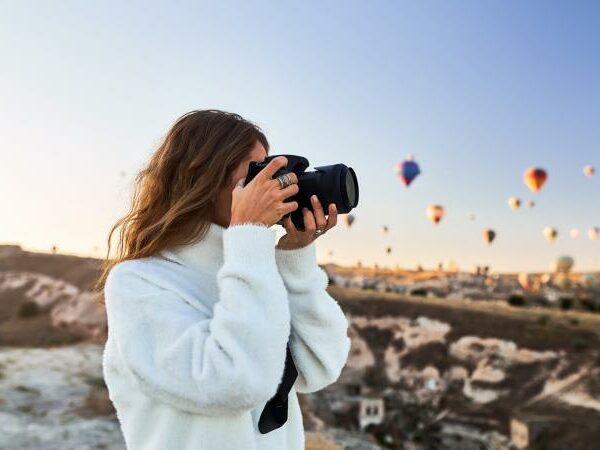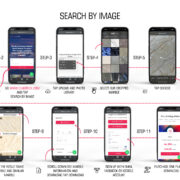When an emergency arises, they rush to the scene, camera in hand. They are silent when everyone is speaking during a public gathering. They’re off to one side recording, during a disagreement, who doesn’t feel the need to take up a lot of room, and prefers to observe without making a fuss about themselves.
Yes! We are talking about the Photojournalists.
Who exactly is a Photojournalist?
A photojournalist is someone who takes pictures, edits them, and presents them to convey a visual story, while being a reporter oneself. They are the journalists that are adept in interpreting and communicating an event through photography.
The purpose of photojournalistic work is to record an event as it happens in real time.
Topic matter can range from social turmoil in a distant country to challenges and events taking place on a local level. Photojournalism relies completely on observation and simply about being newsworthiness.
New photojournalists must always be cognizant of new concepts, business structures, and technology because, the digital camera and photography technologies are constantly evolving.
Now, you may be wondering where to begin as an aspiring photojournalist. Not to worry.
We’ll go over some fundamental tips to get you started.
Tips for Capturing Exceptional Photojournalism
- Always Be Prepared
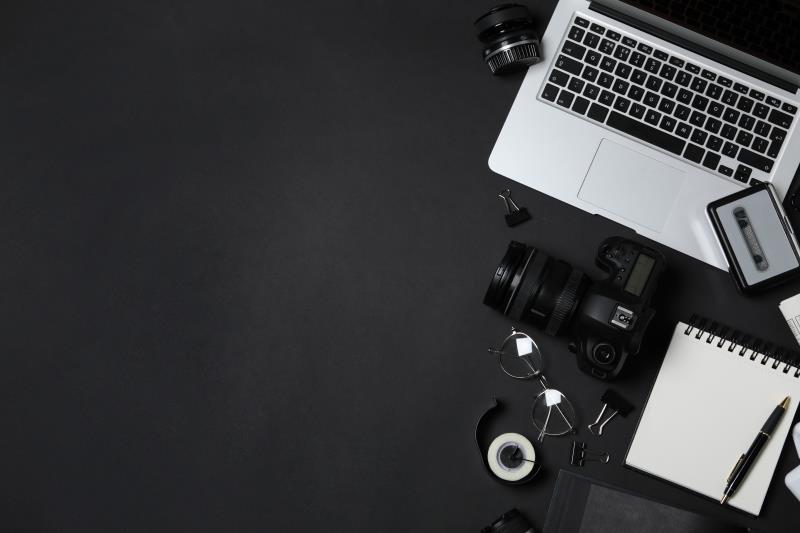
Always keep a camera with you, whether you’re a freelance journalist, staff photographer or an aspirant.
You never know when news may break, when an editor will send you out, or when you’ll need to respond quickly. Prepare to cover events and incidents that are out of your comfort zone. Even if you often cover community activities, don’t let this prevent you from reporting politics.
- Go Out and Start Capturing
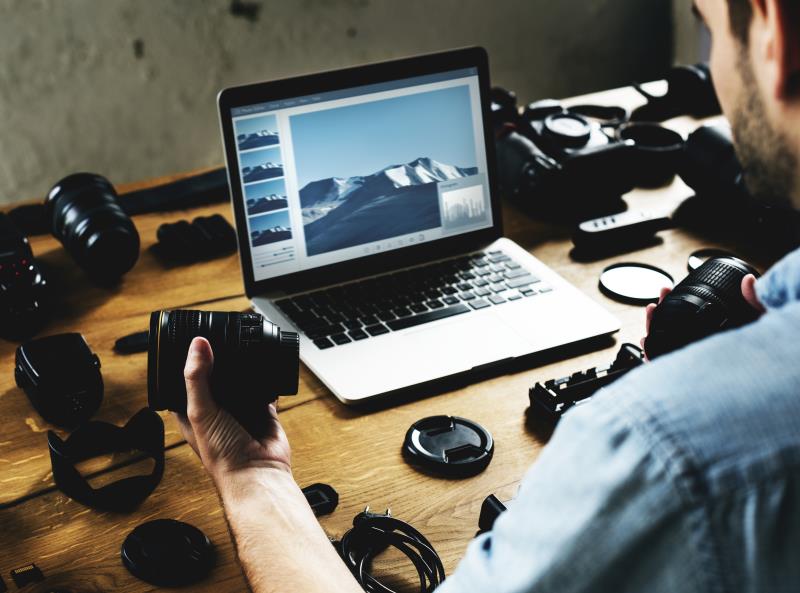
To enhance your talents as a photojournalist, you must spend time behind the camera. Experiment with taking photographs that convey a narrative. Take your camera with you wherever you go and photograph your surroundings. Make photo projects for yourself and challenge yourself to convey a story using only a sequence of photographs.
- Run some Research
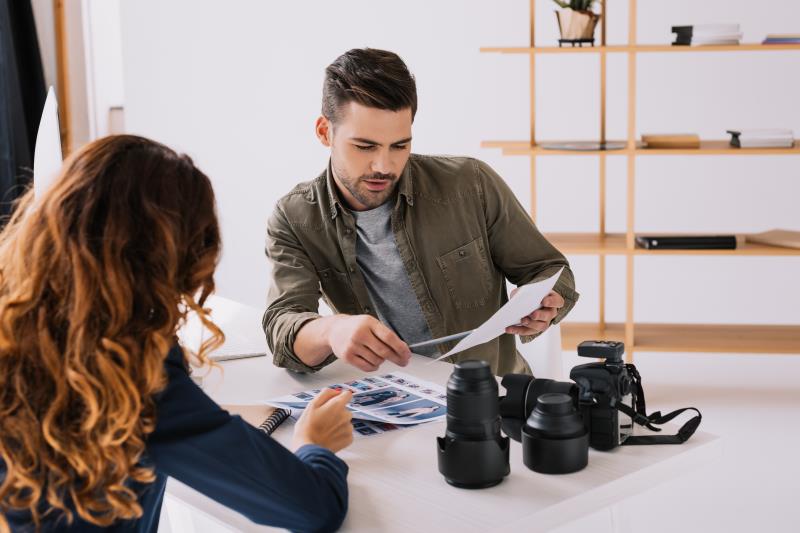
Never lose sight of the “journalism” part of photography. Consider yourself a reporter. You may not be reporting live on the evening news, but you must still be prepared. You must still examine the who, what, when, where, and why of each event you capture. This not only allows you to give a more comprehensive story when someone asks about your work, but it also allows you to generate more meaningful photographs of what/who you’re photographing.
- Participate in Newsworthy Events
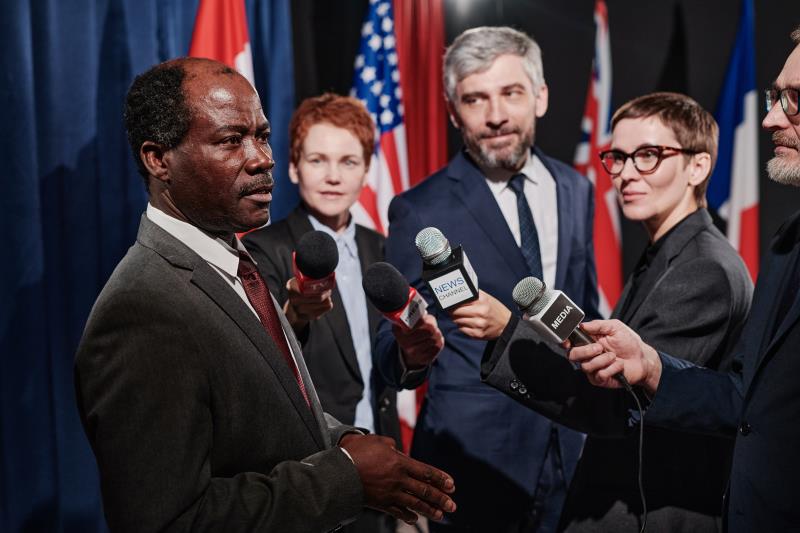
Attending important events is required to get newsworthy images. Staying educated, attentive, and up to date on local news and events will help you prepare to be in the right place at the right time. Be it plans for a protest, a procession, or a town hall gathering, you will be able to shoot more appealing journalistic images, if the chosen incident is something that may elicit a strong emotional response.
- Be a Reporter
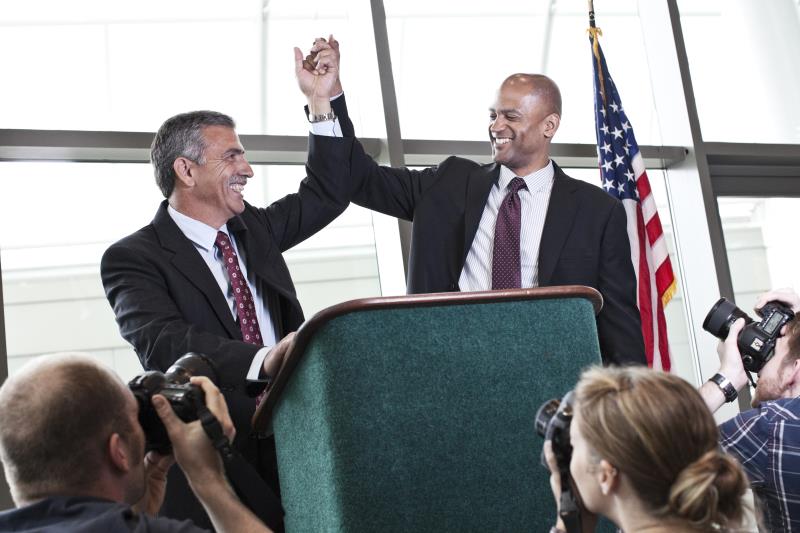
Don’t neglect the journalistic component of photography. Photojournalists are not just photographers, but also reporters. Photojournalists must evaluate the complete aspect of every photograph they capture. Ask questions like:
- What is the photograph about?
- What happened?
- When did it happen?
- Where did it happen?
- What caused that to happen?
By asking questions, you can convey a more comprehensive story about the subject you’re photographing. They also allow you to learn as much as possible about your subjects in order to capture more relevant photos.
- Keep your Photographs Well Organized
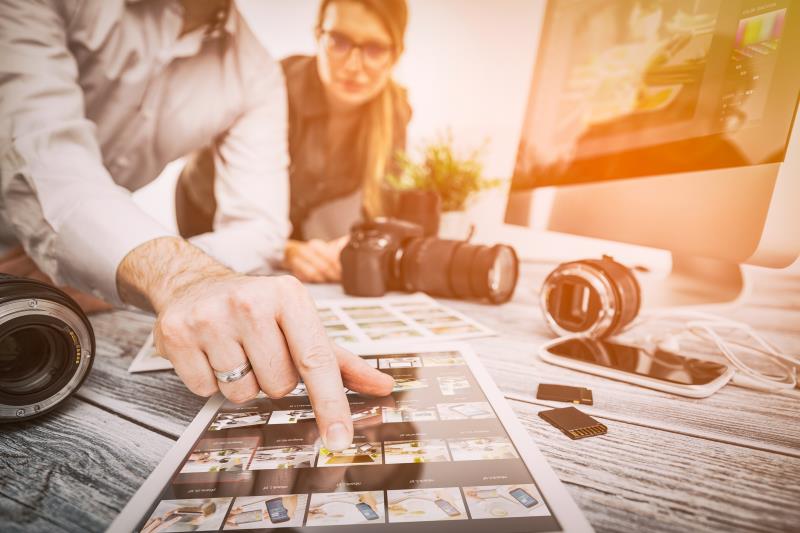
Always keep a note of when you took each photo, for which incident you took that picture and mark it appropriately. We suggest you to maintain everything by the year, month, day, and date. Metadata is also very essential, and make sure your photographs must never be marked as screenshot.
- Ensure Your Credibility

Paid job or not, photojournalism revolves around a photographer’s credibility. Producing precise work is the greatest method to enhance your credibility. Always remember that your role is to catch an event as it unfolds; you are not there to impose yourself on the proceedings in any manner other than being in the middle of the action.
Viewers will be less tolerant if they believe your work plays fast and loose with the facts. Just be concerned about getting the shot first. Everything else is secondary to photojournalism.
- Be Respectful and Know your Boundaries with your Rights
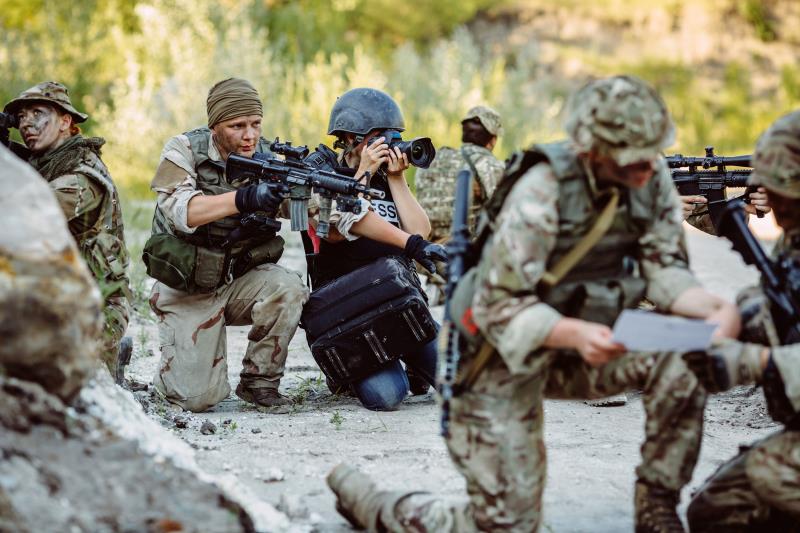
Photographers are not spies. Be courteous. Always seek for permission as the access is critical for photojournalists. If you can’t get permission, keep your distance and know your legal rights.
Respect the dignity of the people you are capturing in your photographs. This is especially true when capturing stories of tragedy and pain. When shooting others’ suffering, it is important to be empathetic even if being afar. Being unbiased and empathetic is undoubtedly difficult to execute, but it is a talent worth developing.
- Focus on Building a Good Portfolio
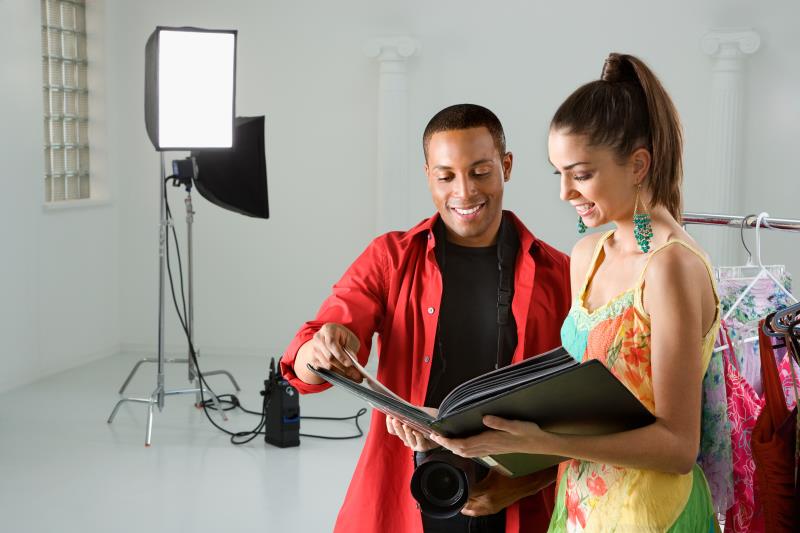
Create a good portfolio of representations of your greatest work to appeal to editors and publishers. Select photographs that best show your abilities and modify them with editing tools. Look for entry-level photojournalism jobs or internships to supplement your skills and get crucial on-the-job experience. Make sure to reduce the number of photographs to the final pick.
Photojournalism is a documentation, and you can undertake it at any moment, even if it’s your first time. No matter who you are or what kind of equipment you have, there is a world out there right now for you to witness, whether it’s on a tiny town’s rural roads or on a large city’s urban streets.
Lastly, remember, your reputation and your work is built on the unvarnished visual storytelling.
“Every time we raise the camera to our eyes, we become morally responsible to “the photographed” as well as the viewers. Photography cannot be just a privilege, it’s a responsibility that should not be abdicated.”
― Neeta Satam, A Photojournalist


